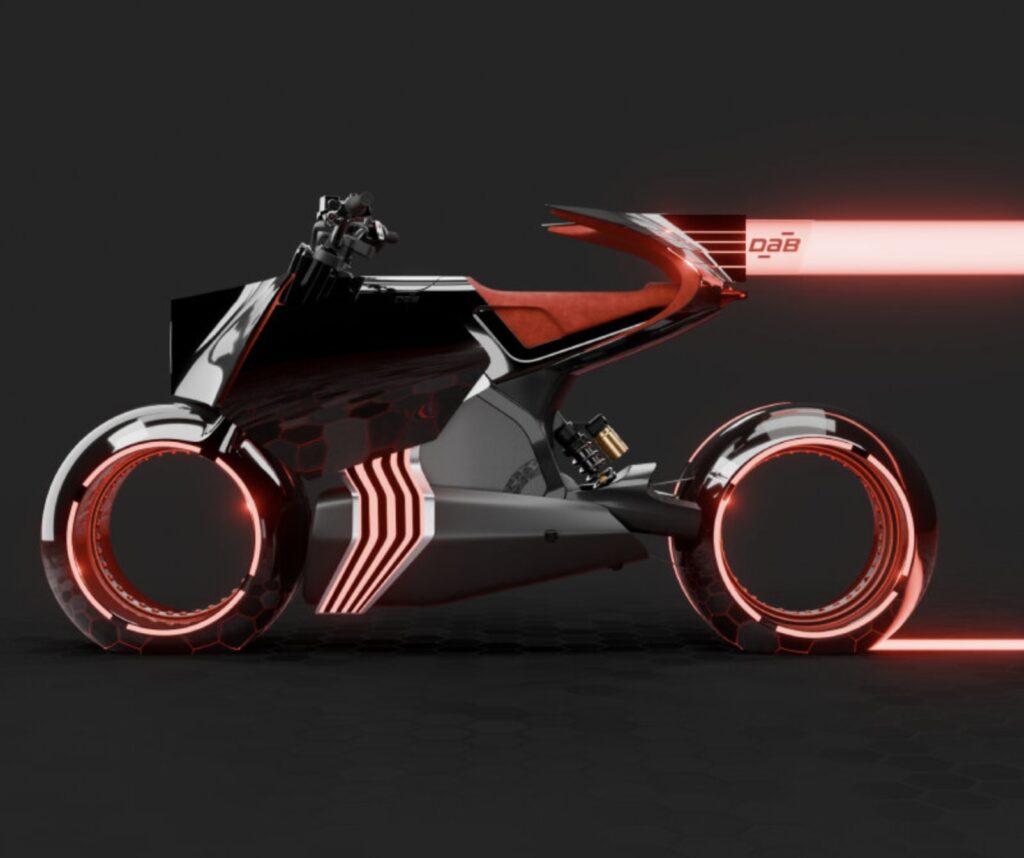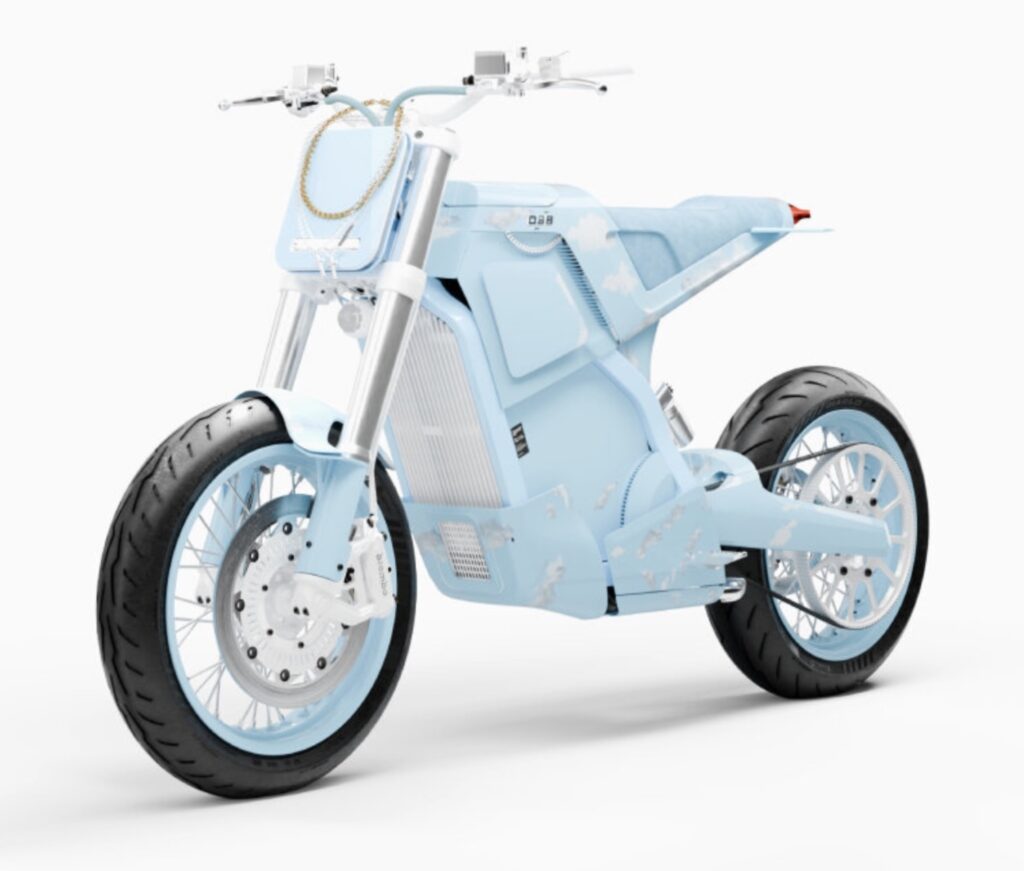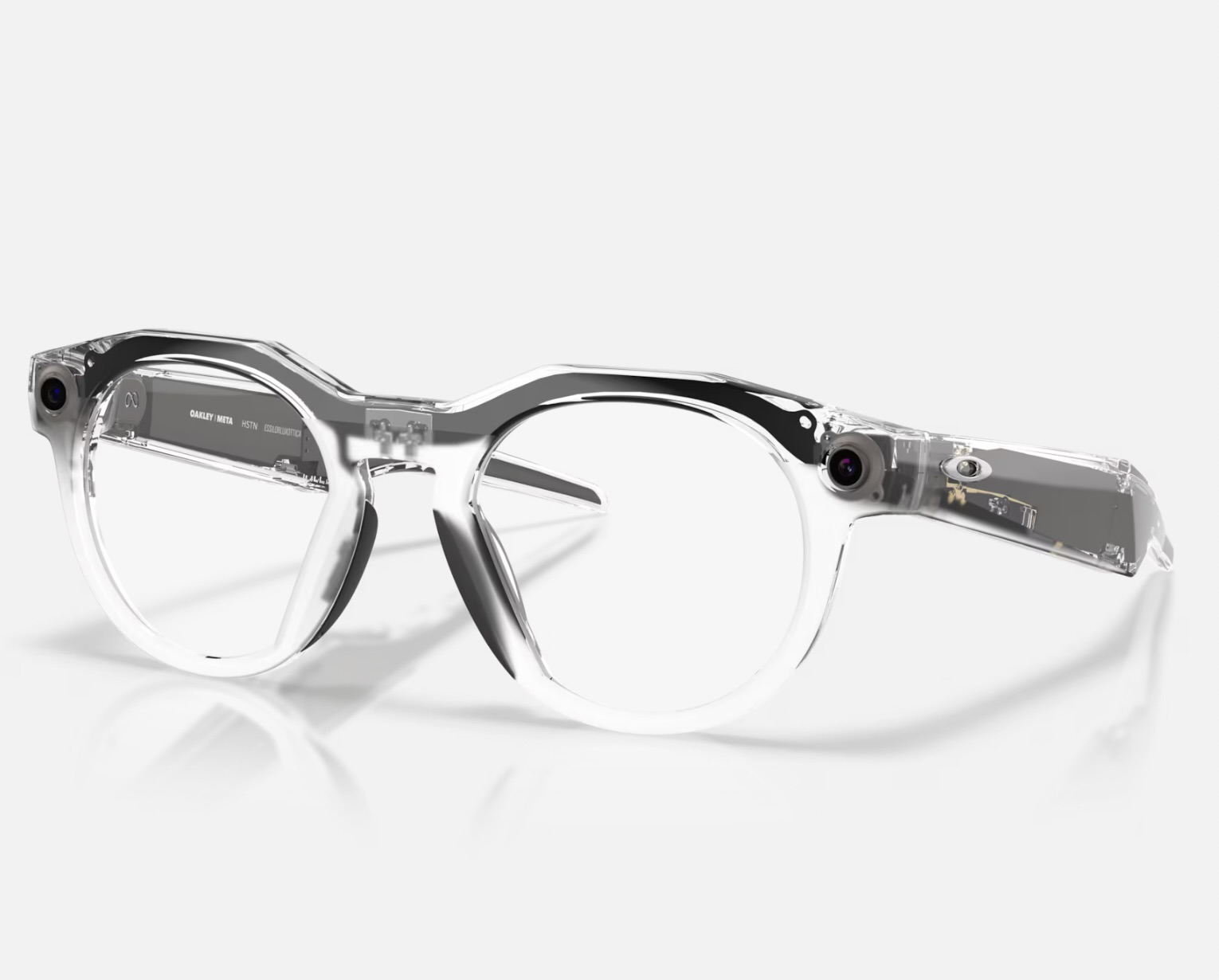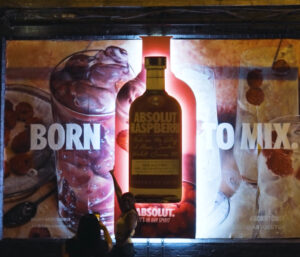A Motorcycle as a Canvas
In the crowded field of electric motorcycles, DAB Motors has forged an unusual path. Instead of focusing solely on performance specs or commercial rollout, the French company treats its flagship DAB 1 as a living sketchbook. Every two months, the studio unveils a fresh concept under the banner Thursday Experiment, each iteration reinventing the same machine through the lenses of art, design, architecture, and cultural cues. Seven editions have appeared so far, each carving a different narrative, and the most recent—Experiment 007: 80s Futurism—arrives timed with the release of Tron: Ares, revisiting the cyber-dreamscapes of early digital cinema.
The Thursday Experiment Philosophy
Unlike traditional R&D cycles, the Thursday Experiment is not about gradual engineering improvements. Instead, it is about conceptual provocation: asking what a motorcycle can be if liberated from the conventions of utility and consumer expectation. Each model is less a sales prototype than a gallery piece. DAB founder Simon Dabadie positions the program as a collision of creative industries: the form language of fashion houses, the kinetic drama of motorsport, the spatial reasoning of architecture, and the cultural sheen of music and cinema.
It is a philosophy where motorcycles no longer compete with other bikes, but with sculpture, couture, and digital media.
Inspiration: Tron and Drake’s Jet
Two unlikely muses inform the project: the glowing neon gridscapes of Tron, and the unapologetically lavish Drake Air Drake Boeing 767 jetliner. Together they embody two poles of contemporary fantasy—sci-fi futurism and hip-hop opulence. By absorbing such influences, DAB Motors creates motorcycles that blur fiction with reality, machines that could live equally in a garage or in a film studio.
Experiment 007: 80s Futurism
The latest edition, Experiment 007, pays homage to the birth of digital aesthetics. Think Tron (1982), The Last Starfighter, or the polygonal abstractions of early CGI. The DAB 1 base model is reshaped into a kinetic study of light, geometry, and aerodynamic flow.
-
Lighting as Sculpture: Thin red luminescent lines outline the machine’s silhouette. They mimic vector graphics, turning the frame into a moving diagram of itself, as if sketched in mid-air.
-
Surface Transformation: Panels are reengineered to reflect artificial light like glossy pixels, flattening volume into mirror-like surfaces.
-
Aerodynamic Evolution: Both front and rear forms are rebuilt. New panels smooth airflow, reducing drag while giving the motorcycle a sharper, more digital silhouette.
-
Wheel Redesign: Traditional mechanical expression is erased. Instead, wheels present as hollow forms, with no visible moving parts—an illusion of perpetual motion that fits the cybernetic aesthetic.
The result is a vehicle that seems to exist halfway between artifact and apparition, an icon of the past’s imagined future.
Reimagining Movement: From Mechanics to Visual Flow
Traditional motorcycle design emphasizes exposed engineering—pipes, shocks, bolts—communicating speed through mechanical honesty. DAB’s Experiment flips this script. The motion is aestheticized, suggested through glowing lines and hollow wheels rather than spinning gears. It is as if the bike is already a rendering, a 3D model slipped from screen into reality.
Series Evolution: From 001 to 007
The Thursday Experiment began modestly, with subtle reinterpretations of the DAB 1: unusual materials, shifts in proportion, experimental finishes. Over time, the series has grown more theatrical: chrome-coated bodies, brutalist references, aerodynamic exaggerations. By the seventh model, the motorcycle has become almost fictional, barely tethered to the consumer market but firmly placed in the cultural imagination.
Cross-Industry Parallels
To understand Thursday Experiment is to situate it alongside other cultural practices:
-
Fashion: Like seasonal collections, each Experiment is ephemeral, time-stamped, and forward-looking.
-
Art Installations: The bikes resemble kinetic sculptures, suitable for museums or biennales.
-
Architecture: The redesign of panels and airflow recalls parametric façades, where surfaces manage both aesthetics and performance.
-
Music Videos and Cinema: Neon lines and surreal geometry make the bikes natural characters for a Drake video or a Tron sequel.
This interdisciplinary DNA is what makes DAB unique—its motorcycles are less products and more statements of intent.
80s Futurism as Cultural Return
Why the 1980s? The decade was when computers first became cultural artifacts, birthing films that speculated on virtual space and digital identity. Today, as we live immersed in screens and AI-driven culture, revisiting this origin point feels poignant. DAB’s Experiment 007 reframes those early neon-dreams, translating them into tangible form for the electric age.
The Importance of Aesthetics in Electric Mobility
As electric motorcycles proliferate, many risk aesthetic homogenization: smooth, silent, efficient but visually bland. DAB’s work counters this trend. It argues that electric mobility must also be theatrical, expressive, and culturally resonant. Experiment 007 is proof that sustainability and spectacle need not be opposites—they can co-exist, even amplify one another.
Looking Forward
Will these concepts ever reach production? Likely not in full fidelity. But the point is not mass adoption. Instead, the Thursday Experiment serves as a creative R&D playground, where bold visual experiments might trickle into future models or inspire other industries. More importantly, it positions DAB Motors not just as a manufacturer but as a cultural voice, contributing to the conversation of how mobility intersects with design, cinema, and fantasy.
Impression
DAB Motors’ Thursday Experiment is less about motorcycles than about ideas in motion. With Experiment 007, the brand establishes Tron’s glowing grids with the extravagance of private aviation, producing a sculptural motorcycle that celebrates digital futurism and aerodynamic poetics. In doing so, DAB challenges how we see motorcycles: not just as machines of transport, but as cultural avatars, glowing trails through the night of imagination.
In a world where electric mobility often feels uniform, Thursday Experiment keeps reminding us—sometimes the future should be less about efficiency, and more about wonder.
No comments yet.









